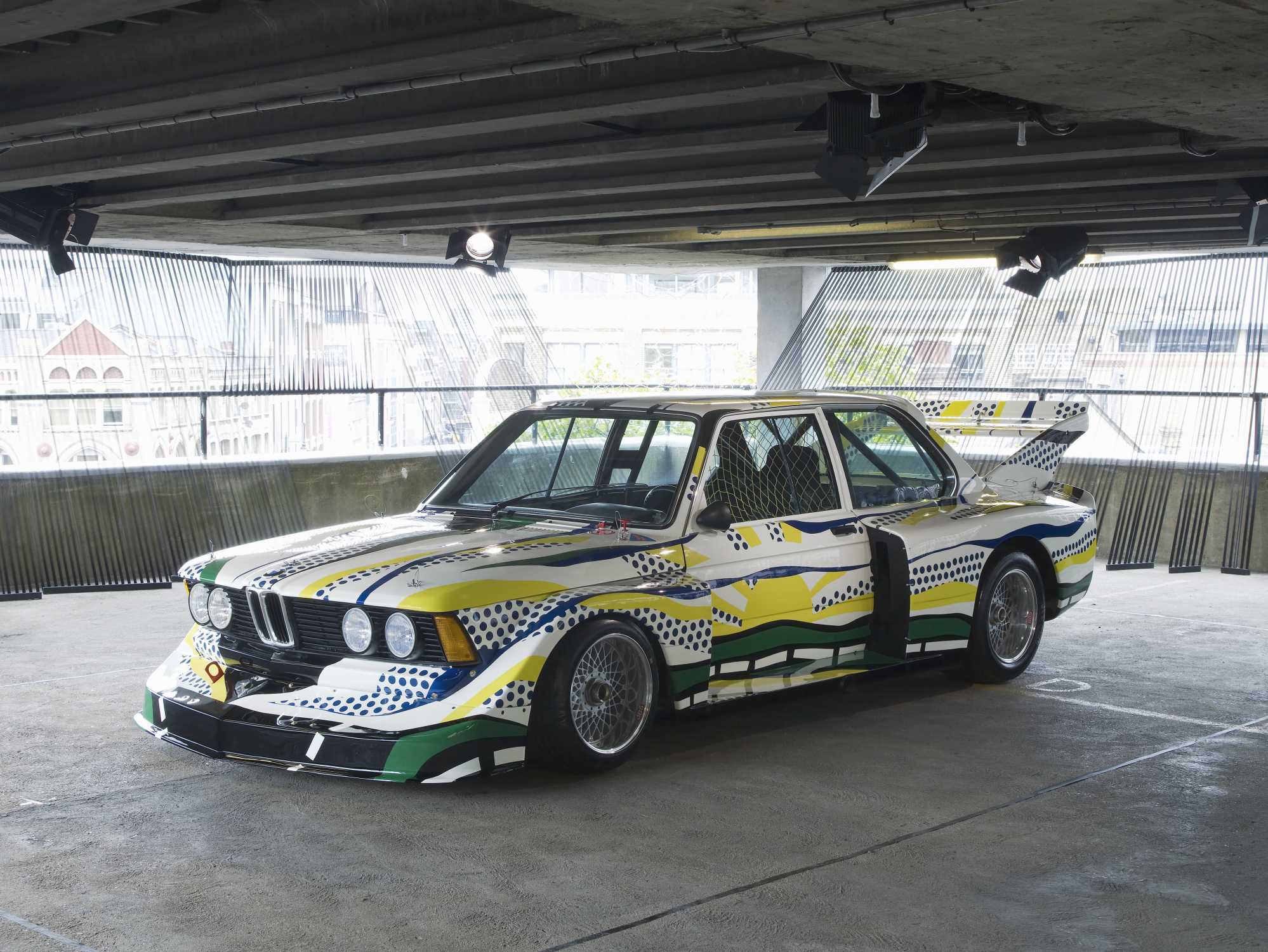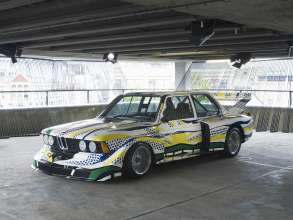"I pondered on it for a long time and put as much into it as I possibly could."
"I wanted the lines I painted to be a depiction the road showing the car where to go," said Roy Lichtenstein commenting on his design of the BMW 320i. "The design also shows the countryside through which the car has travelled. One could call it an enumeration of everything a car experiences – only that this car reflects all of these things before actually having been on a road." And indeed – if one looks closer, one can perceive a passing landscape. The oversized "Benday Dots" are characteristic and reminiscent of Lichtenstein‟s world famous paintings of comic strips.
Roy Lichtenstein, who was born in New York in 1923, is considered to be one of the founders of American pop art. Until 1938 he painted portraits of jazz musicians, attended the "Art Students League", finally studying art in Ohio. His earlier works range from cubism to expressionism. He did not become interested in trivial culture such as comics and advertising until the late fifties. His pop art paintings were created in 1961. These were followed by caricatures of the "American way of life", experiments with well-known works of art, sculptures and films. He died in New York in 1997.
The BMW 320i group 5 racing version
- four-cylinder inline engine
- 4 valves per cylinder
- twin overhead camshafts
- displacement: 2000 cm³
- power output: 300 bhp
- top speed: 257 km/h
After its completion, Roy Lichtenstein‟s Art Car was able to celebrate its premiere twice – as a work of art at the Centre Pompidou in Paris and as a racing car in the 24-hour race at Le Mans in June 1977. The car was driven by Hervé Poulain and Marcel Mignot from France. The car with the number 50 achieved a ninth place in the overall rating and finished first in its class.

